
Madeira: island cuisine and espetadas
A gourmet dive into the flavours of the Madeira archipelago, between grilling tradition and island atmosphere.
The archipelago of Madeira, located off the Portuguese coast, is much more than just a paradise for hikers or nature lovers: its cuisine reflects its history, its geography and its island spirit. Among the emblematic dishes, the Espetada stands out for its rustic simplicity, its generosity and its ability to gather people around the fire. In this article, we explore the island cuisine of Madeira in general, and then take a deep dive into the espetada: its origin, preparation, side dishes and why it is a must-try during a stay on Madeira.
1. An island cuisine with multiple influences
Madeira’s cuisine draws on its Portuguese roots but also on its relative isolation, maritime routes and abundant natural resources: tropical fruits, Atlantic seafood, grilled meats and local breads. Key ingredients include: marinated meats, deep-sea fish (like black scabbard fish), the typical bread «bolo do caco» with sweet potato, as well as vegetables, tropical fruits and island-grown produce.
This cuisine bears witness to an island where nature sets the rhythms: terraced agriculture, volcanic slopes, subtropical climate, which also shape the flavour profile – direct, functional, yet capable of elegance when needed.
2. Focus on the espetada: history and identity
The espetada is a typical dish of Madeira, especially in its traditional form: large cubes of beef, seasoned with coarse salt, garlic and sometimes laurel leaf, skewered on a bay-laurel stick and grilled above embers. Originating in the parish of Estreito de Câmara de Lobos, this preparation was originally reserved for festivities and communal gatherings.
The use of the bay-laurel stick imparts a subtle aroma to the smokiness of the grill, which distinguishes this Madeiran version from ordinary skewers.

3. How an espetada is prepared (versions and side dishes)
Typical steps:
- Meat cut into equally sized cubes.
- Seasoning: coarse salt, crushed garlic, possibly laurel leaf.
- Skewering on a bay-laurel stick or metal skewer (modern adaptation) and grilling on embers.
- Presentation often with the skewer hung vertically so juices drip down, sometimes collected on bread or in a small dish.
Typical side dishes: bolo do caco bread, milho frito (fried cornmeal), simple salad, sometimes potatoes or vegetables.
Though there are variants today with other meats (pork, chicken) or even octopus or fish, the classic remains beef on laurel stick.
4. Why try the espetada during your Madeira stay
- It’s a convivial meal, almost festive, reflecting the island’s communal fire-sharing tradition.
- The smoky taste, garlic, simplicity of a good grilled meat piece give direct satisfaction without fuss.
- Tradition meets experience: taking time, sharing, combining it with local bread, wine or drink is part of the ritual.
- You taste not just a dish, but a bit of local culture, not only a tourist meal. You feel the island’s story, soil, community.
In short, it’s more than food — it’s an experience.
5. Tips for savouring an espetada properly
- Choose a restaurant offering the traditional version, preferably with the bay-laurel stick. Some venues use metal skewers which is very good but slightly different in experience.
- Pair with bolo do caco garlic bread to soak up the meat juices.
- Share the espetada among companions: portions can be generous.
- For an authentic frame, prefer a local restaurant off the busiest tourist areas.
- Leave room for dessert or a local digestif (maybe a glass of Madeira wine or a poncha) to complete the experience.
6. Other Madeira flavours not to miss
While espetada is the star, a few other specialities are worth your attention:
- Bolo do caco: Madeiran flatbread made from flour and sweet potato, often served with garlic butter.
- Peixe-espada (black scabbard fish) with fried banana: a sweet-savory signature dish.
- Tropical fruits (banana, passion fruit, etc.), limpets (“lapas”) grilled — the island’s cuisine has a rich palette of tastes.
Combining these elements with the espetada, you build a full Madeiran meal: grilled meat, typical bread, island fruits or lighter fare…
7. Conclusion
In conclusion, if you head to Madeira, don’t stop at the landscapes: dive into the plate too. The espetada is a flesh-and-blood symbol of the island: simple, real, generous. It tells Madeira — its fire, its tradition, its conviviality. And of course, combine it with good bolo do caco, a glass of local wine, a friendly moment. You’ll leave not only satiated but connected to the island’s culture. In Madeira, savouring means living the island a bit.
Share this article
Suggested articles
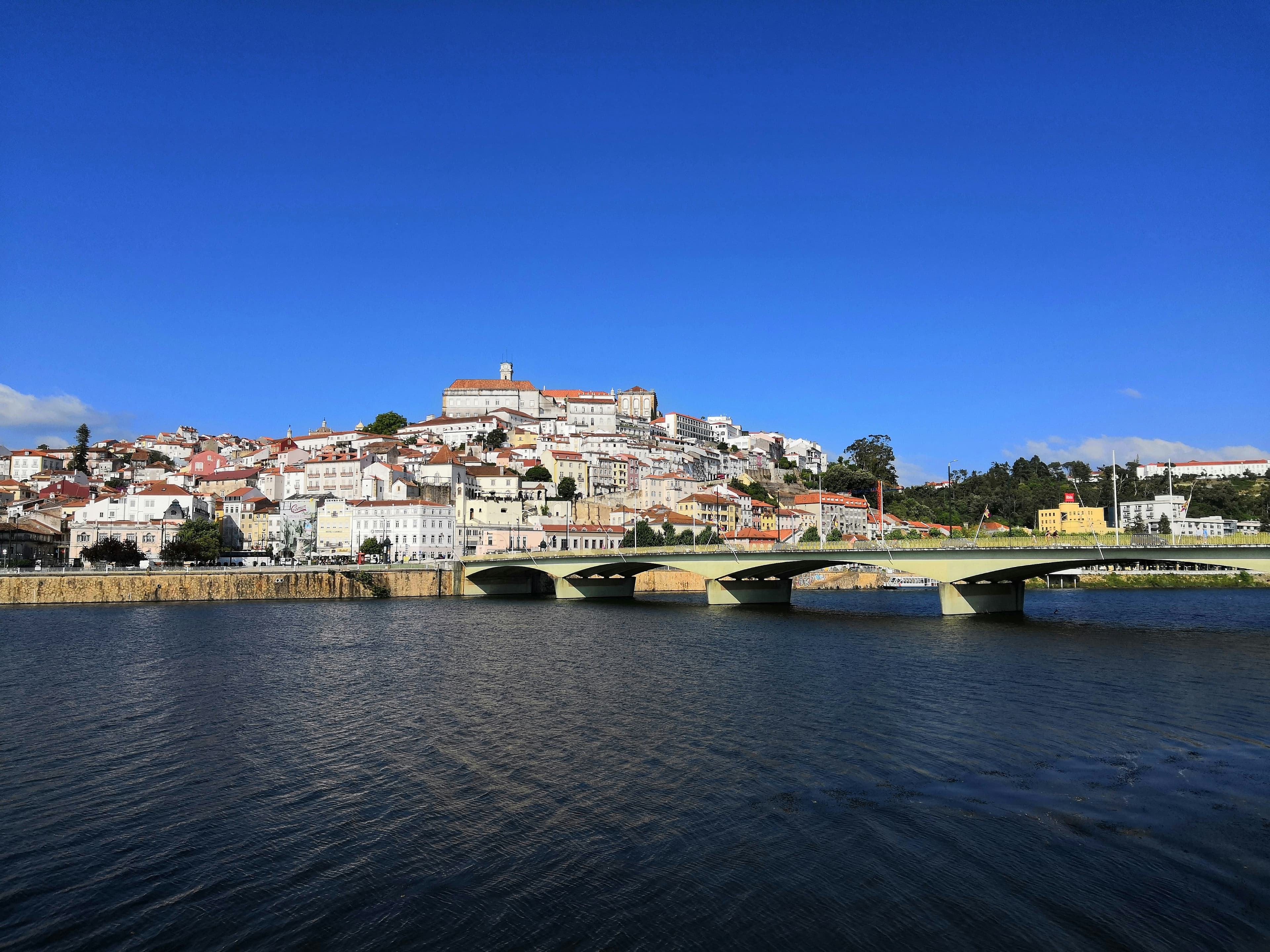
Where to eat in Coimbra if you’re a student: fun, affordable and friendly spots
Coimbra is home to the esteemed University of Coimbra and its student population creates a vibrant food scene geared toward affordability and simplicity. With so many students, many restaurants offer student menus or prato do dia (dish of the day) at great value. The official tourism site notes that restaurants range from typical family-run taverns to more sophisticated diners. In short: good food, good price, good vibe.
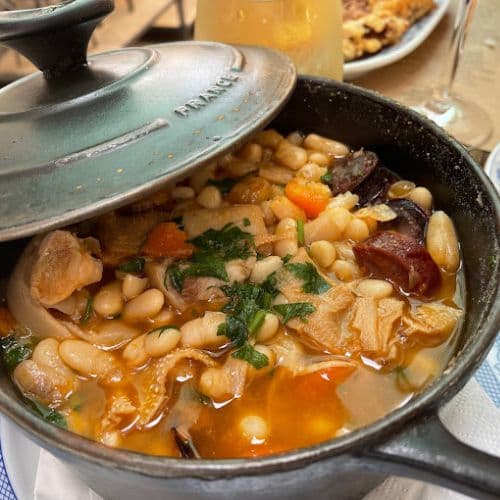
Gastronomy of Northern Portugal, Between Tripe, Stews and Tradition
Northern Portugal is a region where gastronomy tells the story of a people proud of their roots and traditions. From slow-cooked tripe to hearty stews (it might sound unusual, but it’s absolutely delicious !), each dish invites you to explore a rich and warm culture. Prepare for a culinary journey through Minho, Douro and Trás-os-Montes !
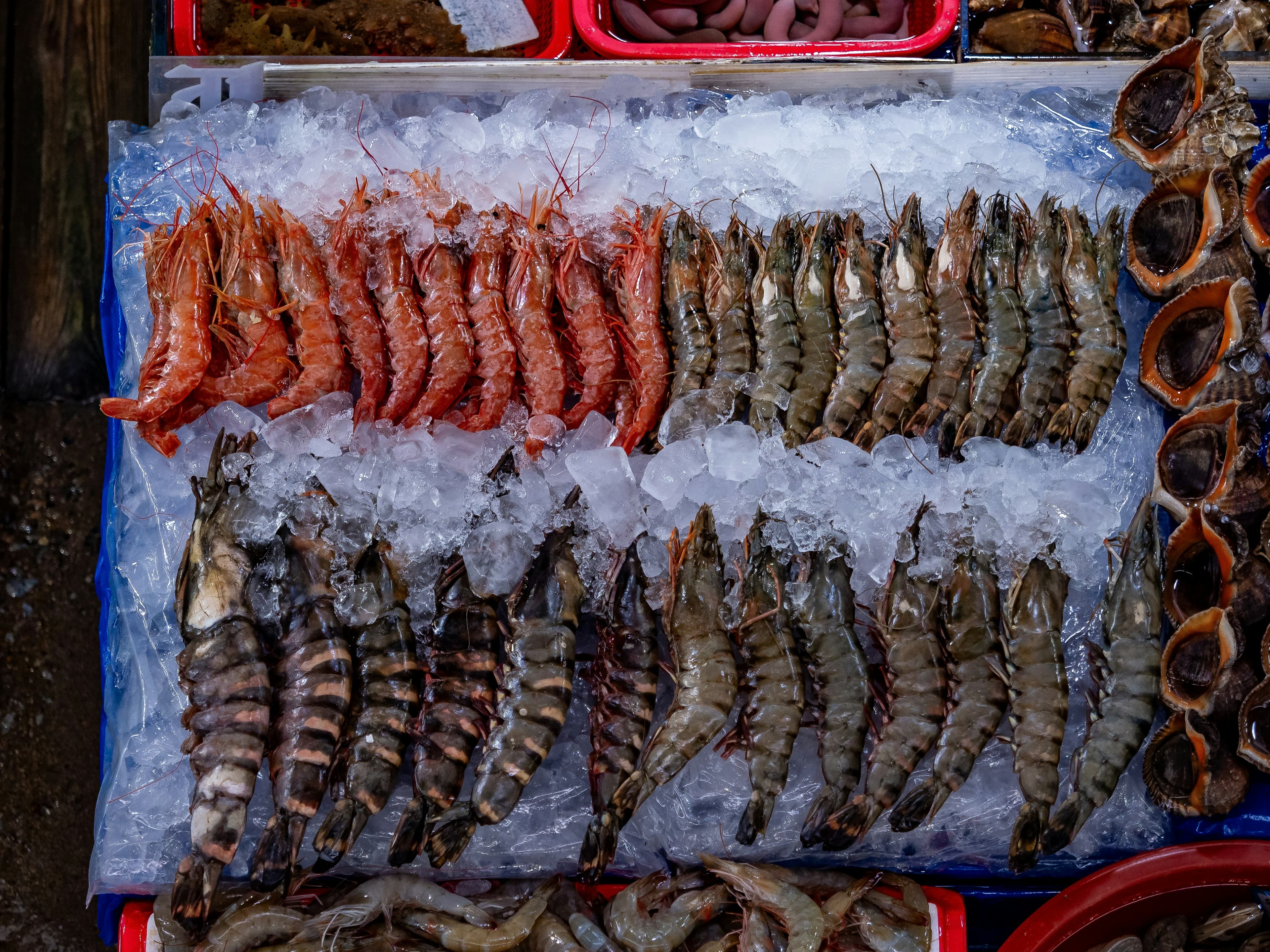
Seafood in the Algarve, an Oceanic Feast
The Algarve, this southern region of Portugal bathed by the Atlantic, is not only famous for its golden beaches and cliffs sculpted by the sea… It is also a true paradise for seafood lovers ! Prawns, octopus, clams, crabs, fresh sardines, and of course the famous cataplana, every bite tells a story of the sea, local traditions, and culinary expertise.

Azores, volcanoes and hot-earth cuisine
The Azores archipelago, in the middle of the Atlantic, is not only a spectacular backdrop of crater lakes, lava fields and geysers: it’s also a culinary world where the warm volcanic earth and the nearby ocean meet on the plate. Here, dishes have depth, generosity and authenticity. Let’s dive into this land-and-fire cuisine with some must-try specialties and the spirit behind them.
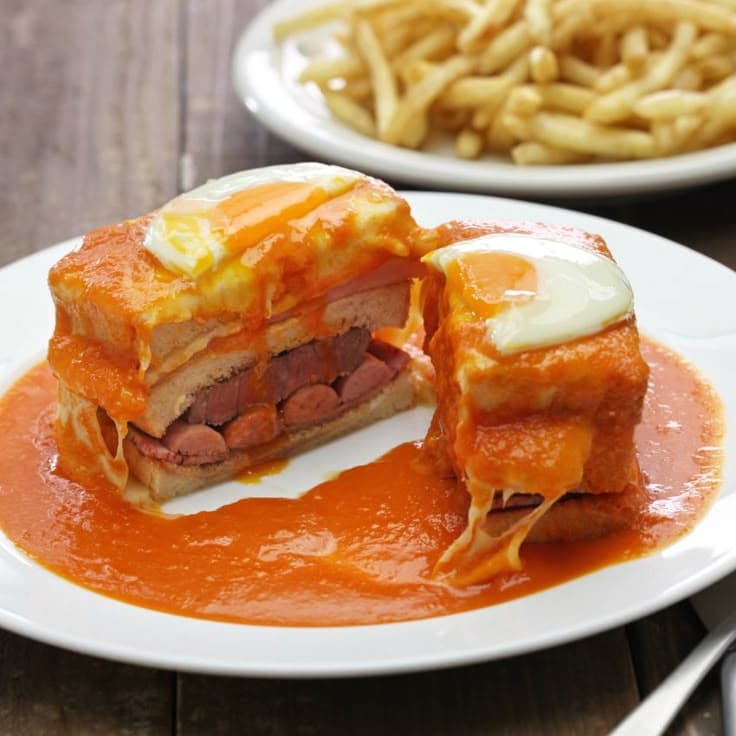
The Best Francesinhas in Porto : The Complete Guide to Savouring the Portuguese Specialt
Porto, the second largest city in Portugal, is not only famous for its namesake wine and the picturesque landscapes along the Douro… the city is also a true culinary paradise, where tradition meets innovation!
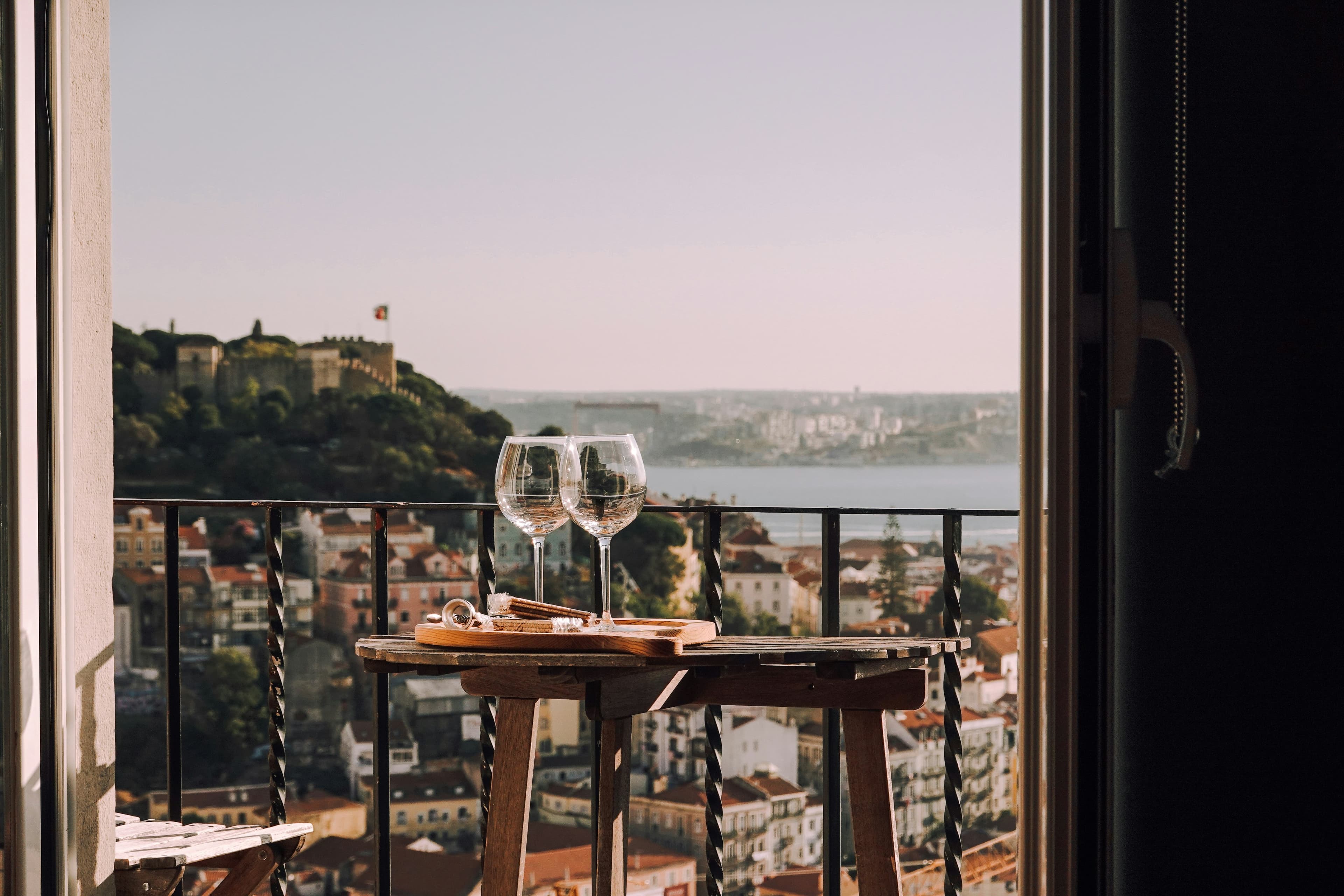
Must-try restaurants for a city break
When you arrive in a city for a short break, the right restaurant starts with the location. Look for a place that’s lively without being overly touristy, where locals walk in and the vibe is relaxed. The idea: sit somewhere that breaths city life, not somewhere where you feel like just another tourist. Side streets near the centre, around markets or close to the station often hold the best surprises.


